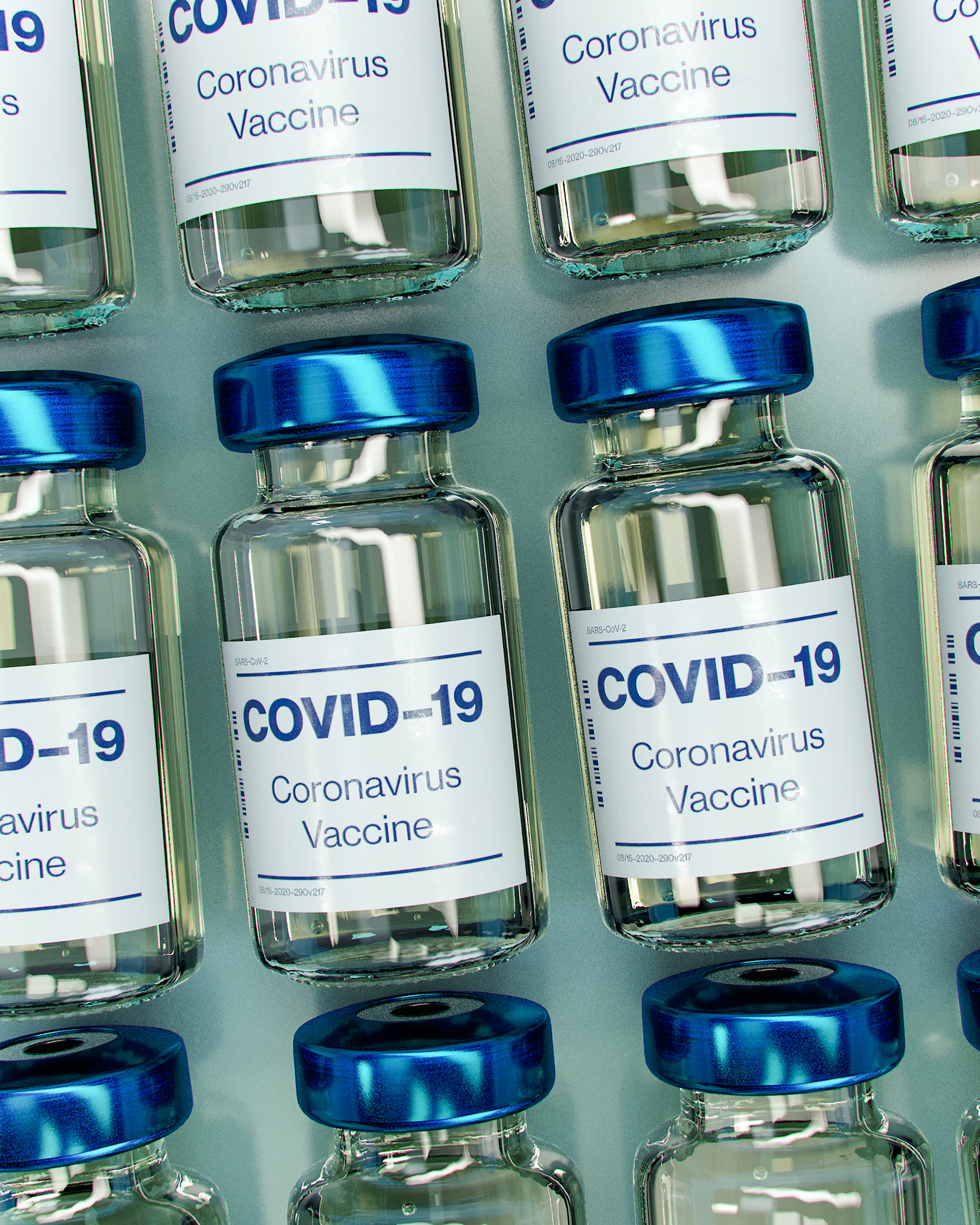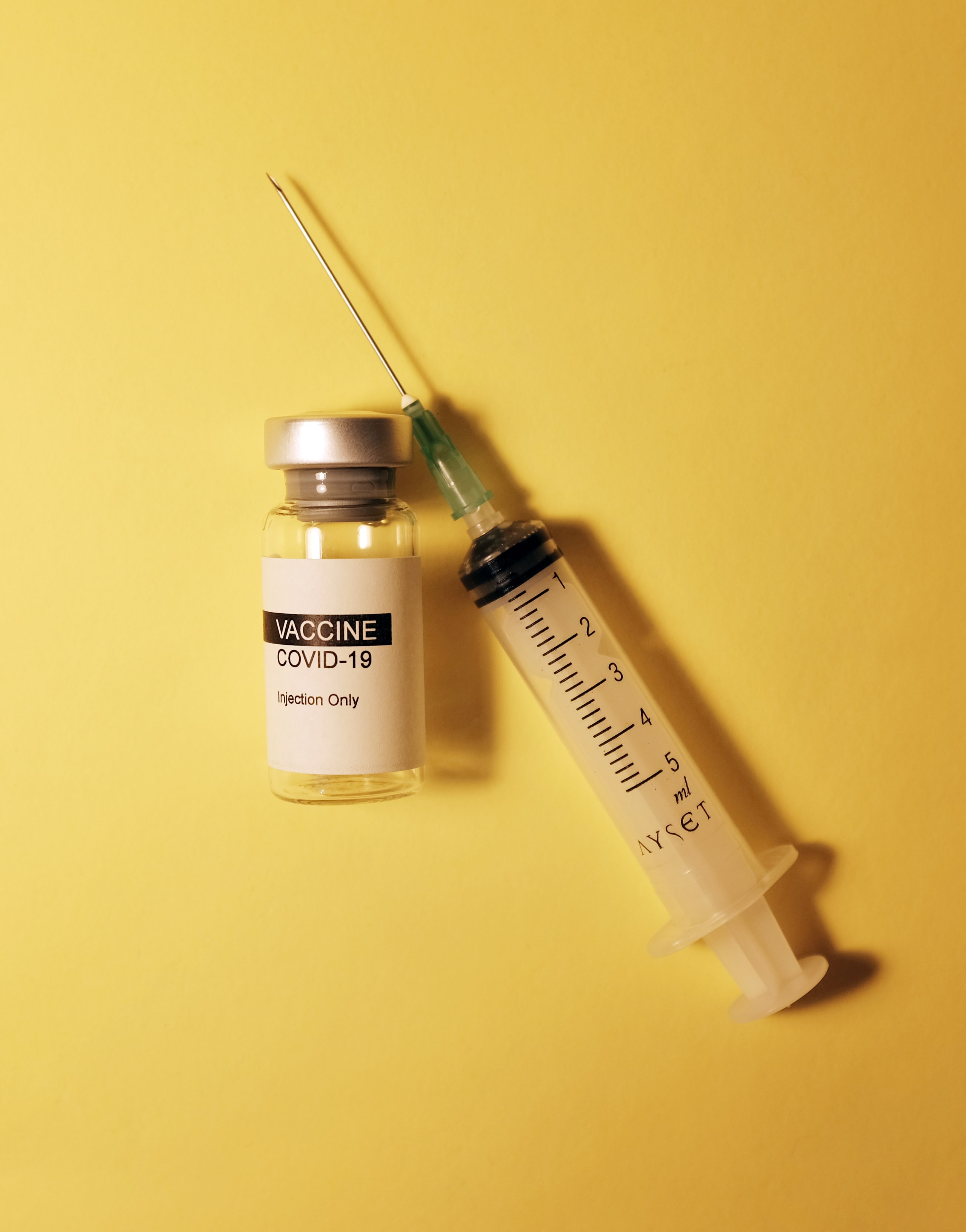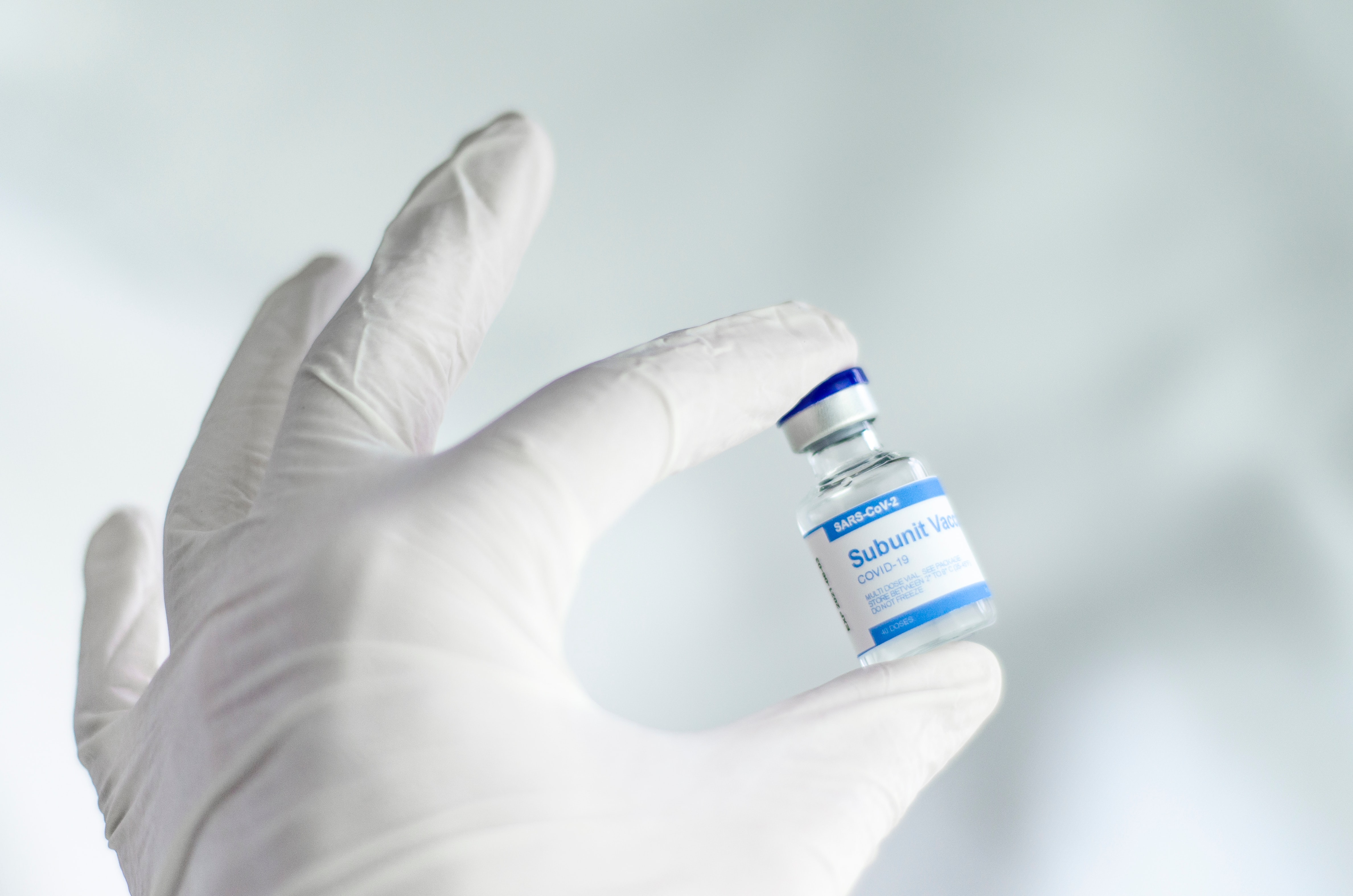Introduction:
In the Midst of March of last year, schools were shut down and moved into online learning, businesses were forced to close down, and airport flights were temporarily suspended until further notice. One could say that the world was upside down at that point of time. This was all caused by a virus called the COVID-19. The first case of COVID-19 was in December 2019, when a 55 year-old man from Wuhan, China was reported to have the first strain of a foreign virus, later to be called COViD-19. Since then COVID-19 began to spread around the world, especially in America. But as a year passed, society as a whole took measures in order to prevent the spread of the corona-virus around the world. The six-feet rule and wearing masks in public were rules widely adopted around the world in order to stop the spread of the coronavirus. Those methods practicing social distancing are looking to be extinct as the introduction of the COVID-19 vaccine becomes available to the general public. But what is the COVID-19 vaccine and how does it work on a cellular and molecular level?.

Vaccine
In total, there are 12 vaccines around the world that fight against the COVID-19 virus. But the most significant vaccines are the mRNA vaccines, viral vector vaccines, subunit vaccines and inactivated vaccines. Although these vaccines have different names, they all have the same goal, to prevent the SARS-CoV-2 virus (or most known as the coronavirus).
One of the most commonly used COVID-19 vaccines is the COVID-19 mRNA vaccine. The vaccines that use the mRNA technology are the BioNTech-Pfizer and the Moderna vaccine. Unlike some vaccines, the Pfizer and Moderna shot do not contain any part of the SARS-CoV-2 virus. Instead, the Pfizer and Moderna shot include a chemically made (synthetically) piece of the mRNA that makes up the SARS-CoV-2 virus. The insertion of the mRNA allows the human body to create its own protein cells to fight against the SARS-CoV-2 virus. Some might argue that the insertion of a strand of the SARS-CoV-2 virus may lead to the person contracting the Coronavirus; this is not true. Since there is only a part of the SARS-CoV-2 in the body (only the messenger RNA), it is impossible for the person who gets the pfizer or moderna shot to get COVID-19.

Viral Vector Vaccine:
Another prominent vaccine in the COVID-19 department is the Viral vector vaccine. Like the mRNA vaccine, the viral vector vaccine delivers only a part of the SARS-CoV-2 virus into the human body. As a result, the viral vector vaccine essentially puts a harmless strand of the virus into your body so that your cells can create the spike proteins necessary to defend against the actual COVID-19 virus. One example of a viral vector vaccine that is distributed and used around the world is the Johnson and Johnson vaccine. Specifically, the Johnson and Johnson vaccine uses different adenoviruses as a delivery system/vector. The adenovirus is a nonenveloped virus which contains a double stranded DNA sequence. This adenovirus is entered in the human body to disrupt the SARS-CoV-2 virus. Exactly like the Pfizer vaccine (mRNA vaccine), the viral vector vaccine includes a gene for spike proteins, which help in the eradication of the SARS-CoV-2 virus.
Subunit Vaccine:
Another prominent vaccine is the Subunit vaccine. The Subunit vaccine, like the viral vector vaccine and the mRNA vaccine, include only a part of the SARS-CoV-2 virus. On the other hand, the subunit vaccine is unlike the viral vector vaccine and the mRNA vaccine as it directly delivers the spike proteins necessary to fight against the SARS-CoV-2 vaccine. The other vaccines allow for the spike proteins to be created from inside the body. One example of the Subunit vaccine is the Novavax COVID-19 vaccines. In order to prepare the vaccine, scientists create/produced a good amount of the SARS-CoV-2 spike protein. After creating the protein, Novavax scientists actually use insect cells to grow the spike proteins before purifying the proteins into nanoparticles. These nanoparticles can now be injected into the human body so that they can fight any form of the SARS-CoV-2 virus.

Inactivated Vaccine:
The last and one of the most prominent vaccines is the inactivated vaccine. The inactivated vaccine is different from all the other vaccines mentioned because the inactivated vaccine contains the entire SARS-CoV-2 virus. Although one might think that this just results in the patient getting COVID, it actually doesn’t. The SARS-CoV-2 virus is chemically engineered to be inactive. This means that it cannot cause the COVID-19 virus. In order to chemically inactivate the SArS-CoV-2 virus implemented into the patient's body, companies such as Bharat Biotech use chemicals such as beta-propiolactone to genetically modify the make-up of the implemented virus. This vaccine, although effective, does not provide an immune reaction as strong as the other vaccines. However, to counteract the decreased immunity, booster shots are needed. Booster shots are shots taken in order to enhance the effectiveness of initial vaccines.

Denouement:
The Pfizer, Moderna, Johnson and Johnson, and the Novavax vaccine are leading the way for the return of the normal world. As these vaccines get distributed around the world, we can finally resume back to normal without social distancing and COVID-19 restrictions. Social institutions such as education have been deeply affected by COVID-19 and the addition of a working vaccine brings hope to education institutions that we once can learn like we had a year before March. All these vaccines goals are the same and prominent, to return back to the life we had a year ago.
Citations:
COVID-19 vaccines: How do they work? (n.d.). Retrieved April 08, 2021, from https://www.medicalnewstoday.com/articles/how-do-covid-19-vaccines-work
Archived: Who timeline - covid-19. (n.d.). Retrieved April 08, 2021, from
https://www.who.int/news/item/27-04-2020-who-timeline---covid-19
